From the perspective of someone who supports LGBTQ+ rights, I am not exactly a fan of this recent SCOTUS decision. Simultaneously, as a web designer/developer, I think it is extremely important to recognize the difference between this type of work and a more commodity-oriented business.
Web design and development is creative work, requiring a personal input of time and energy, thought and consideration. It’s not a public storefront, selling premade goods. It’s not even a construction or contractor type job, where you may have disagreements with the client’s worldview, but the work itself is (generally) philosophically and politically neutral.
As a web designer/developer, I absolutely choose which types of projects I do or don’t want to work on, and I insist on maintaining the right to refuse to take on a project whose mission or purpose does not align with my values.
To put a finer point on it: I think it’s worth distinguishing between a web designer who is actively collaborating with their client to build something custom for them, vs. a DIY-type system where the client is provided with tools to build a site for themselves. In other words, for the type of work I do in client services, I should have the right to refuse to participate in a project whose purpose I disagree with. But if I were, for instance, Squarespace, selling access to a service I built, which lets users create their own sites, then I should not have the right to decide who can or can’t use the service. (As long as what they’re doing with it is legal.)
I can get even more specific to my own situation here. In addition to my client services, I also sell a product: a WordPress plugin for integrating calendars (e.g. Google Calendar, Office 365, etc.) into your website. I do not, and I strongly believe should not, decide which types of sites are allowed to use my plugin. I know there are customers of the plugin whose businesses/organizations do things I do not particularly agree with. But there I am selling a finished product — a commodity. Anyone who wants to buy it (again, as long as they’re not doing something illegal — although I won’t even know that, unless I specifically take the time to investigate them, post-sale) is welcome to do so. But if those same people approached me in my client services role to help them build their website itself, I would/should have the right to turn down the project if I didn’t want to do it.
Of course, there’s another layer to this: Why did this even become a court case? As I understand it, the designer here is the plaintiff, and doesn’t actually run a wedding website business yet. She is clearly doing this to make a political statement. I’m not sure how much the Colorado law was really pushed on her, or if it even technically applies to her (hypothetical) business. For me, and I think a lot of other people in my shoes, it’s a simple enough practical matter to turn down projects you don’t want to work on — regardless of why you don’t want to work on them. As a creative worker, you are essentially selling your time, not a commodity, and you have a limited supply. It’s a simple matter of being “too busy” to take on the project. There may be laws saying a business can’t discriminate, but surely there cannot be any laws that say a business has to work more hours than humanly possible.
So, what’s the upshot here? Well, it kind of seems like this case isn’t really about the First Amendment rights of business owners like me at all, because I’m skeptical that those were ever really under any threat. But it definitely opens the floodgates for business of all types — including those that truly are “open to the public” and selling commodity goods — to discriminate against potential LGBTQ+ customers. And that’s why I’m opposed to the current SCOTUS super-majority: their aggressive efforts at rolling back civil rights. That’s what this case is really about.



